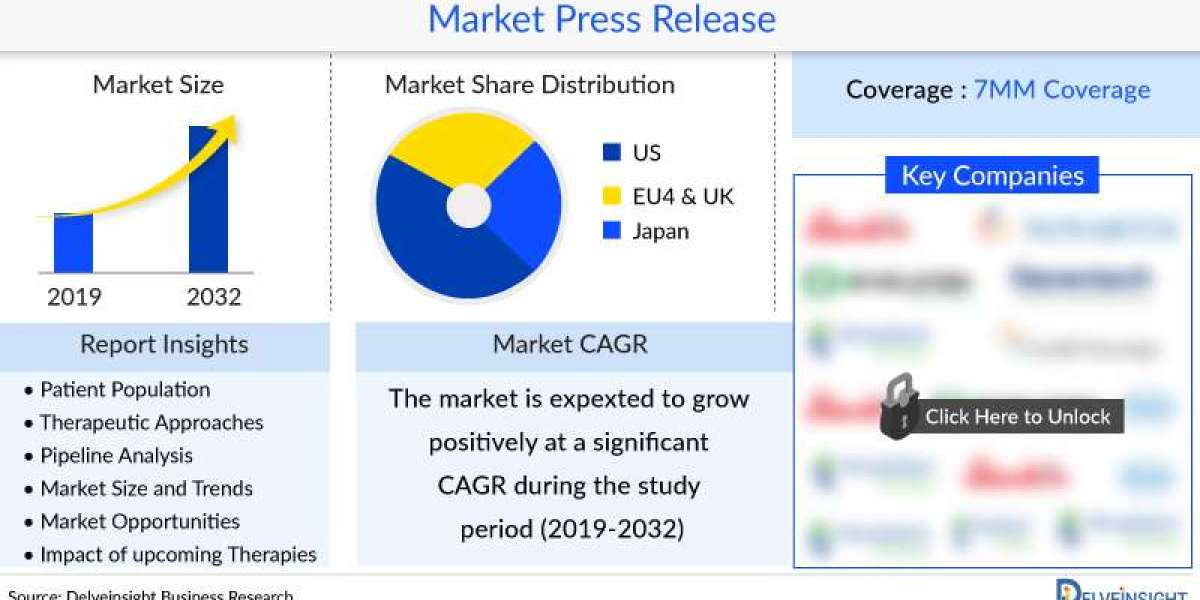1. Gene Editing to Restore Dopamine Production
One of the hallmark features of Parkinson’s disease is the loss of dopamine-producing neurons in the brain, which leads to motor impairments such as tremors and rigidity. Gene editing technologies, particularly CRISPR/Cas9, hold promise for restoring dopamine production by directly modifying the genes responsible for the synthesis of dopamine or for the survival of dopamine-producing neurons. Early Parkinson’s disease clinical trials involving gene therapies like this aim to target the genetic underpinnings of Parkinson’s, potentially slowing or even reversing disease progression. By delivering edited genes directly to affected brain areas, this approach could provide a long-term solution for patients with Parkinson's disease, shifting the paradigm from symptom control to disease modification.
2. Stem Cell Therapy for Neuroregeneration
Stem cell therapy is another promising avenue in Parkinson’s disease treatment, as it focuses on regenerating damaged or lost neurons in the brain. Several studies and ongoing Parkinson’s disease clinical trials are investigating the potential of stem cell-derived dopamine-producing neurons to replace those that have been lost in the brains of Parkinson's patients. These therapies, which may involve the transplantation of stem cells or the use of induced pluripotent stem cells (iPSCs), have the potential to restore motor function and significantly improve the quality of life for patients. With advancements in stem cell technology and a better understanding of how to prevent rejection and promote neural integration, stem cell therapies could play a major role in the future of Parkinson’s disease treatment.
3. Viral Vector-Based Gene Therapy for Targeted Dopaminergic Restoration
Viral vectors, such as adeno-associated viruses (AAVs), are being used to deliver therapeutic genes directly into the brain, aiming to restore normal function in neurons that are impacted by Parkinson's disease. This form of gene therapy involves the delivery of genes that can promote the growth of new neurons, enhance dopamine production, or even repair defective cellular mechanisms. Clinical trials are currently testing the efficacy of these therapies, and early results are showing promising outcomes in improving motor function and slowing disease progression. This targeted approach could significantly change the way Parkinson’s disease is managed in the future, by offering patients a more sustainable, disease-modifying treatment.
4. Gene Silencing to Prevent Toxic Protein Accumulation
One of the underlying causes of Parkinson’s disease is the accumulation of toxic proteins, such as alpha-synuclein, in the brain. New gene silencing therapies are being developed to target and reduce the production of these toxic proteins. By using RNA interference (RNAi) or antisense oligonucleotides (ASOs), these therapies aim to silence the genes that produce harmful proteins, thereby preventing their buildup in the brain. Early Parkinson’s disease clinical trials involving gene silencing have shown that it is possible to lower levels of toxic proteins in the brain, offering hope for not only slowing the disease but also potentially preventing its onset. This breakthrough could represent a game-changer in the future of Parkinson’s disease treatment, shifting the focus from symptom relief to addressing the fundamental causes of the disease.
5. Mitochondrial Gene Therapy for Cellular Repair
Mitochondria, the energy powerhouses of the cell, are known to be dysfunctional in Parkinson’s disease, contributing to neuronal damage and degeneration. Emerging mitochondrial gene therapies aim to restore mitochondrial function by introducing genes that can improve mitochondrial health or promote cellular repair mechanisms. These therapies could prevent or even reverse the degeneration of dopamine-producing neurons by addressing one of the core issues in Parkinson’s disease at the cellular level. Although this therapy is still in early research stages, it has the potential to radically change how Parkinson’s disease is treated, moving away from symptom management toward a more holistic approach to repairing the damaged cells that drive the disease.
Conclusion
The future of Parkinson’s disease treatment is rapidly evolving, with emerging cell and gene therapies offering hope for more effective and transformative approaches to this debilitating disease. From gene editing and stem cell therapy to viral vector-based gene therapy and gene silencing, the landscape of Parkinson’s disease treatments is poised for a paradigm shift. As these innovative therapies progress through clinical trials and gain regulatory approval, patients may soon have access to treatments that not only manage symptoms but also target the underlying causes of Parkinson’s disease, ultimately improving outcomes and quality of life. The coming years are likely to bring about significant advancements, transforming how Parkinson’s disease is treated and offering renewed hope for patients worldwide.
Latest Reports
Acute Heart Failure Market | Acute On Chronic Liver Failure Aclf Market | Acute Respiratory Distress Syndrome Market | Adult Myopia Market | Advanced Cancer Pain Management Market | Anorectal Malformation Market | Arthralgia Market | Becker Muscular Dystrophy Market | Bipolar Depression Market | Charcot Marie Tooth Disease Market | Checkpoint Inhibitor Refractory Cancer Market | Chronic Pulmonary Infection Market | Clbp Market | Condyloma Market | Ctcl Market | Cutaneous Lupus Market | Cystinosis Market | Cystinuria Market | Diffuse Intrinsic Pontine Glioma Dipg Market | Diffuse Large B-cell Lymphoma Market | Digestive System Fistula Market | Diverticulitis Market | Dlbcl Market | Eosinophilic Gastroenteritis Market | Epilepsy Market | Erectile Dysfunction Devices Market | Erythema Market | Erythromelalgia Market | Esophageal Squamous Carcinoma Market








